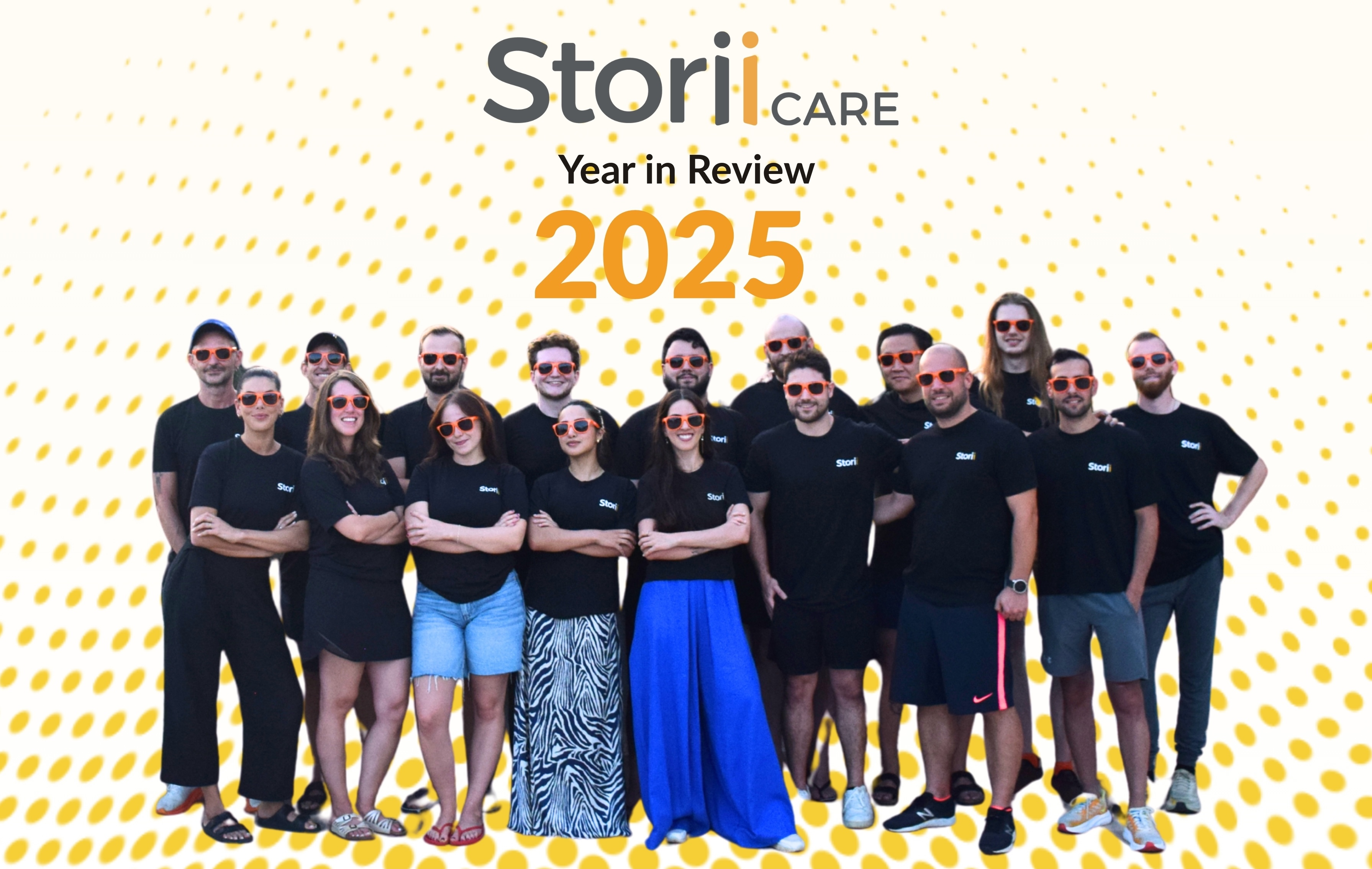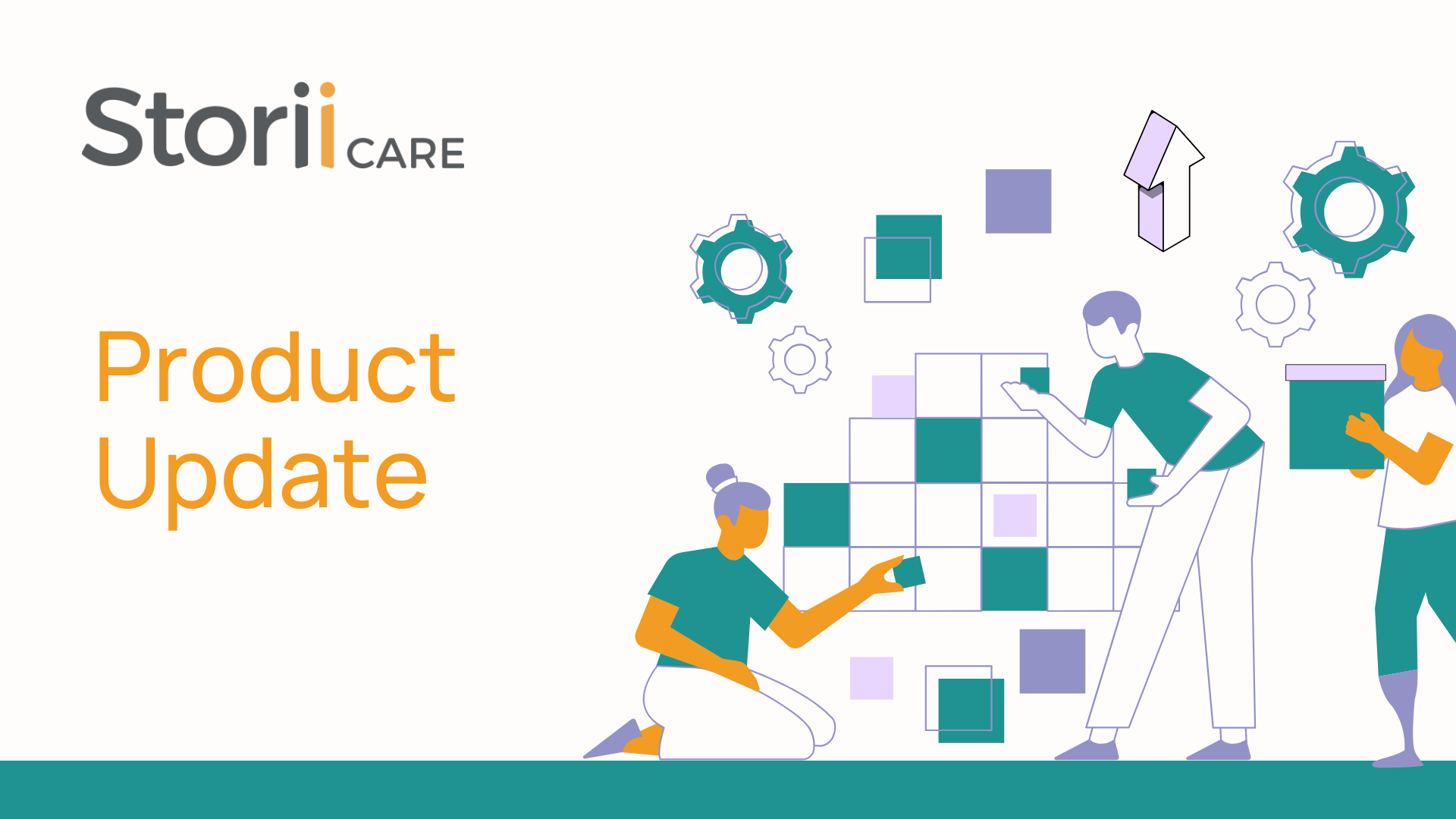Organise & Digitise Your Photos
So, you've found your loved ones old photo boxes and albums. It's so fun to flip through those. There's certainly something special about a tangible photograph, but they can easily get lost or damaged. Additionally, if you or your loved one is moving into a nursing home it generally means you're trying to downsize. Of course, there's no problem with bringing along photo albums. However, these days it is so easy to digitse photos and why not save the space? Plus, digital photos can safely be stored, viewed on multiple devices, and quickly shared with your friends and family.
Get ready to breathe new life into your memories with this 3-step guide on how to digitise your photos.
Step 1: Collect & Sort
The first step towards digitising your old family photos would be to collect all of the photographs you wish to digitise. Gather up your dusty photo albums in the attic or old shoeboxes under the bed and bring all of your old photos together in one place. The next step would be to sort all of your images into categories. Organising a lifetime of photos can be a lengthy and somewhat tedious process but categorising will make it a lot easier. Whether you want to categorise by date, type or by life events is entirely up to you.
Step 2: Digitisation Process
Scanning
Investing in a high-quality scanner is a good choice if you wish to convert your beloved family photos into a digital format. If you don't want to purchase a scanner, you may know someone you could borrow from. Or, check to see if your local library has one that can be used. There are two types of scanner that we would recommend for you to use in order to preserve the quality in your photo.
- The most common type of scanner is a flatbed. To scan an image using a flatbed, you place the photograph face down on a glass surface and a light sensor array will scan the photo and capture the image and then transfer the image to your computer.
- There is also the option of a film scanner. A film scanner is a small, handheld device that you move across the photo manually to capture the image.
Or if scanning isn't something you think you will be doing often, you also have the option of buying an all-in-one printer—which can print, copy and scan.
Applications
If you don't want to waste any necessary desk space, you can always download an app that will allow you to transfer a photograph directly to your phone or tablet by simply taking a picture. This is a fast and convenient way to convert your photographs into a digital format.
Here a few free options that we recommend:
Services
If you don't want to invest in a scanner there are photo services that you can use if you don't feel confident with technology, or if time is an issue. They will basically do all of the work for you, but if you are wanting a lot of images digitised this method can be considerably costly.
Nevertheless, here are some of our favourite scanning services:
Step 3: Back up your digitised images
Don't forget this final step, as backing up your digital photos is vital to preserving your memories and passing them down through the generations. At the moment, you can secure your photos via cloud storage. You can purchase personal cloud storage where you can store terabytes of content which is periodically backed up and easy to access. This solution, however, can sometimes be quite costly and isn't always fit for purpose. An alternative would be to use a portable hard drive or USB stick, but then you are always at risk of losing your cherished memories in the event of the disk breaking or being lost.
To solve all these problems for our senior care clients and their families, we made Storii.
Storii is the family side of StoriiCare, a care management system for senior care providers. Storii is a website & app that allows service users, care staff, friends and relatives to collaborate and communicate in one place via a secure online profile. Storii offers a free storage solution, giving you unlimited storage space where you can keep all of your beloved family photos, videos and recordings in one safe place.
- Care staff can use these photos to get to know residents better
- Care staff can upload media to share with a resident's friends and family
- Residents can use Storii to categorise and archive their own photos for personal use
- Family members can upload photos, videos, and playlists for their loved one in care to see
Storii's archive feature lets you sort, organise and categorise all of your memories into a logical and intuitive structure. We recommend a chronological category structure, but you are free to sort your content in any way you want. We understand that memories should be quick to access and easy to store, so we've made things as clear and concise as possible.
Click here to recommend Storii to a care community.




.png)












